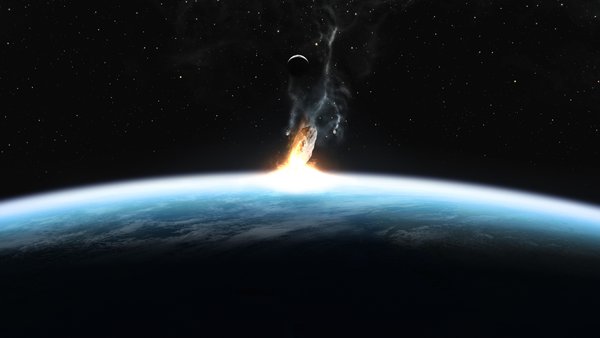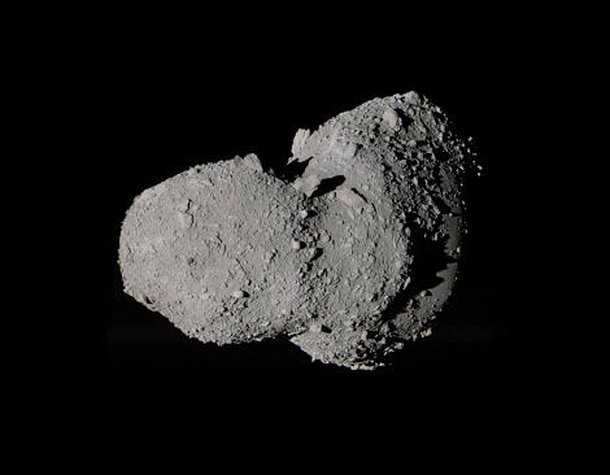What is the smallest and largest asteroid ever recorded?
2 min read
Throughout recent history, many space objects have been identified by the solar system thanks to tracking and detection devices manufactured by international agencies. Among these bodies, the most common are the asteroids, which pass by the millions through the galaxy and retain the remnants of cosmic dust formed during the early years of the group that formed the sun. What are the largest and smallest rocks ever recorded?
According to NASA files, the largest asteroid in the solar system is Ceres. The first known object in the asteroid belt was found in 1801, and it was even classified as a dwarf planet in 2006, due to its diameter of 950 kilometers and a size equivalent to a quarter of the Moon. Because of these proportions, scientists believed that the rocks would give clues about planet formation. Thus, this new designation elevated Vesta (525 km in diameter) to the level of the largest pure asteroid ever cataloged.
Meanwhile, the smallest asteroid in our galaxy will be 2015 TC25, only two meters in diameter. This rock is based on certain conventions stipulated by academic entities and institutions, which claim that it is necessary to measure a diameter of at least one meter in order to be included in the catalog of these objects. However, despite this suggestion, some scholars contest the theory and disagree with the size limitations.
“There is no official cut-off,” said Yan Fernandez, an astronomer at the University of Central Florida in the US. “So different people have different ideas about what counts as an asteroid.”
Do very different sizes rule out asteroids?
While some asteroids are “upgraded” to dwarf planet status and rival bodies like Pluto and the Moon, others lose material and undergo fragmentation processes during their travels. And so, in the same way that there is a way to get to the top, there is also a way to go down, with some cases showing a drop in meteorites (space debris that invades the atmosphere) or simply space dust.

However, theories suggest that as long as these objects remain in space and are outside the planet’s atmosphere, they are classified as asteroids. Thus, even thermal stress or micro-collision can damage their structures, but they won’t be enough to turn them into another kind of thing. Fernandez adds, “If you can spot it with a telescope…and spot it in orbit, I would consider it another asteroid in the belt.” “But that’s just my opinion, right?”
Coined by the German astronomer William Herschel in 1802, the term “asteroid,” which in Greek means “like a star,” follows a rather vague definition. Unrelated to stars, they are not glowing balls of plasma, but small rocky bodies that carry dust, ice, and sometimes metallic components.

“Entrepreneur. Music enthusiast. Lifelong communicator. General coffee aficionado. Internet scholar.”

:strip_icc()/s04.video.glbimg.com/x720/11792055.jpg)

:strip_icc()/s03.video.glbimg.com/x720/11786998.jpg)



